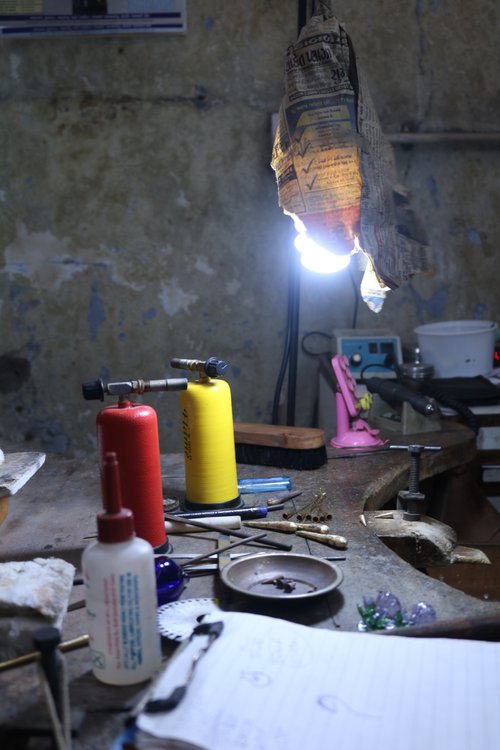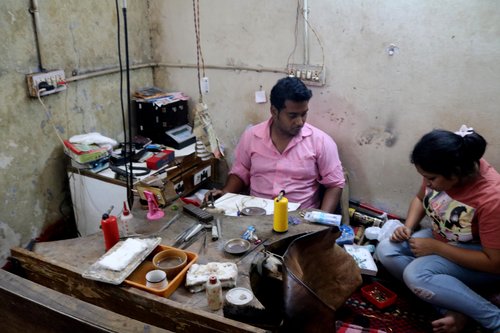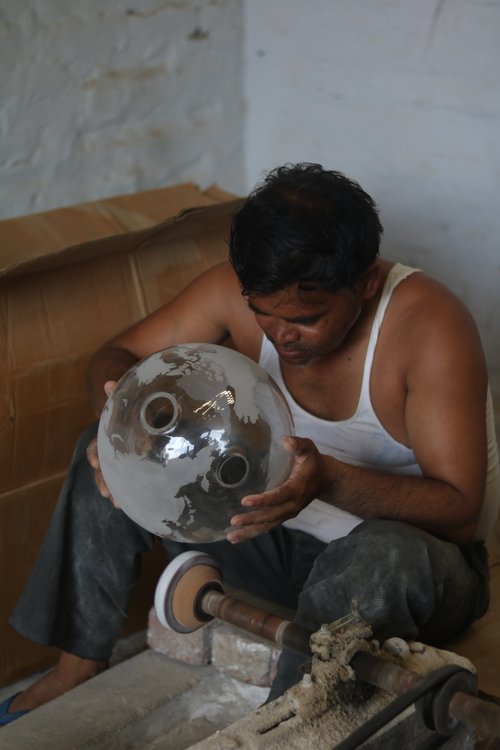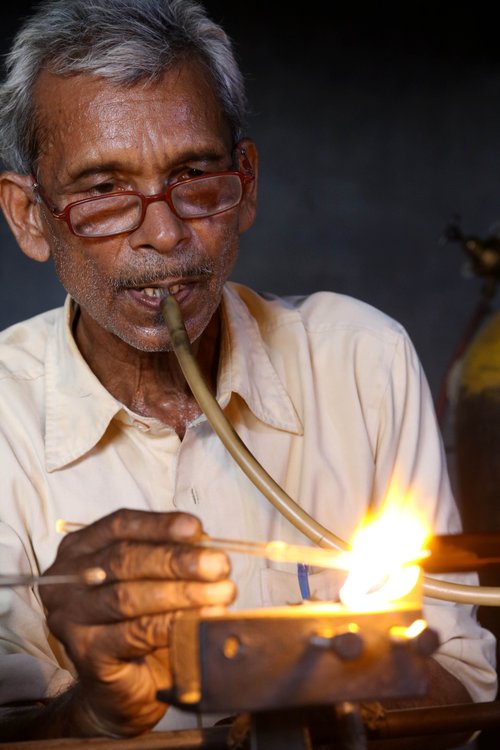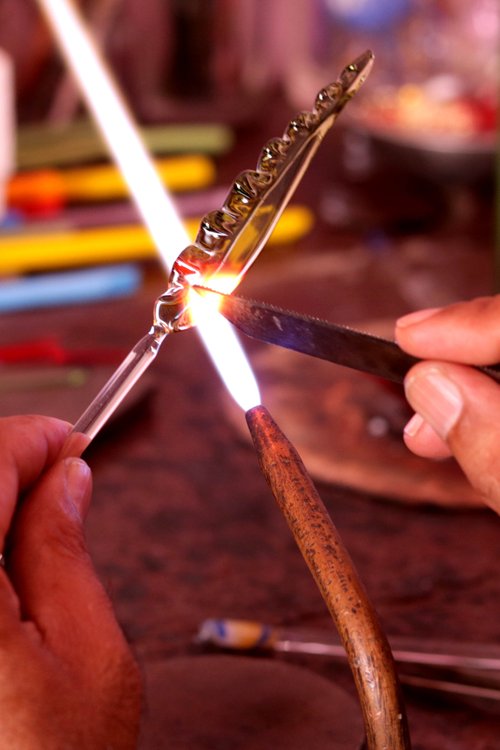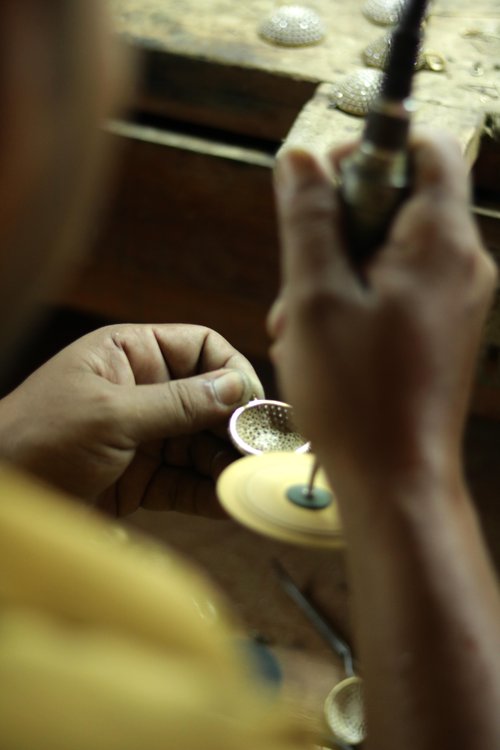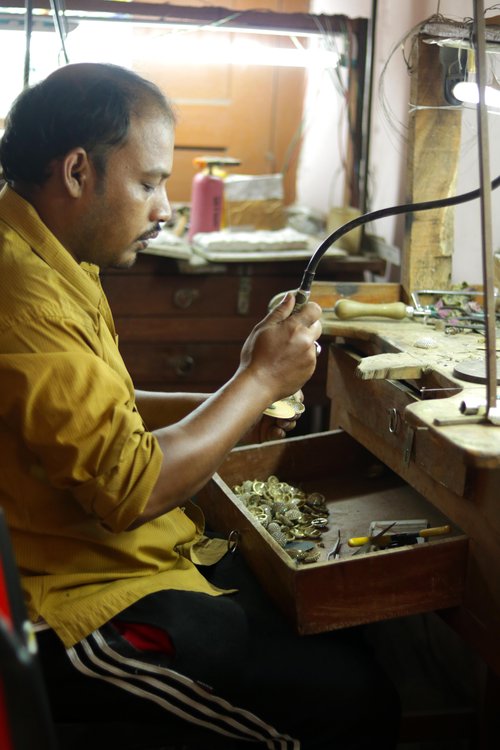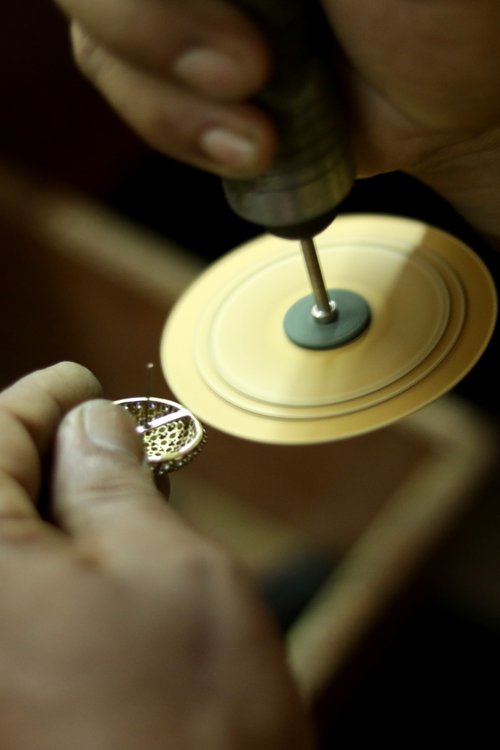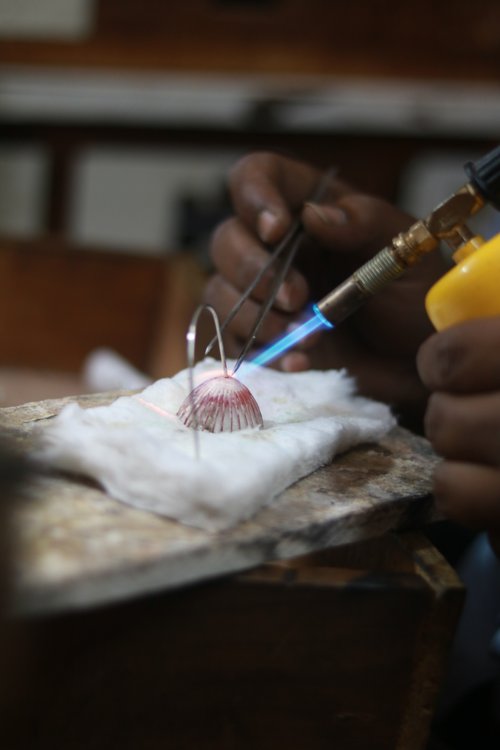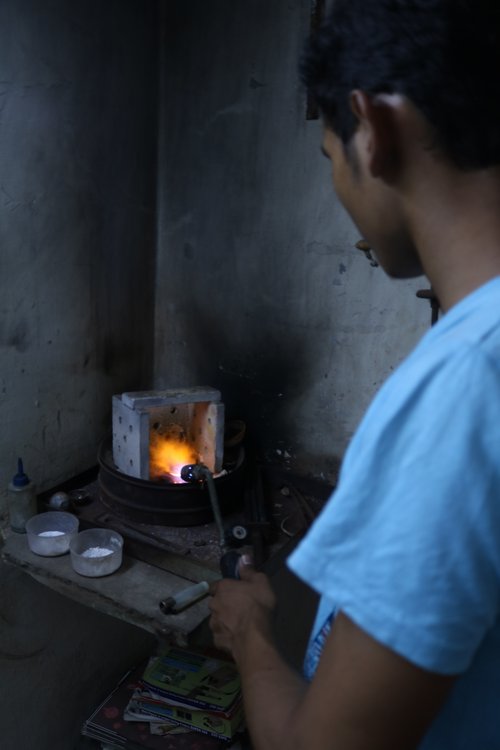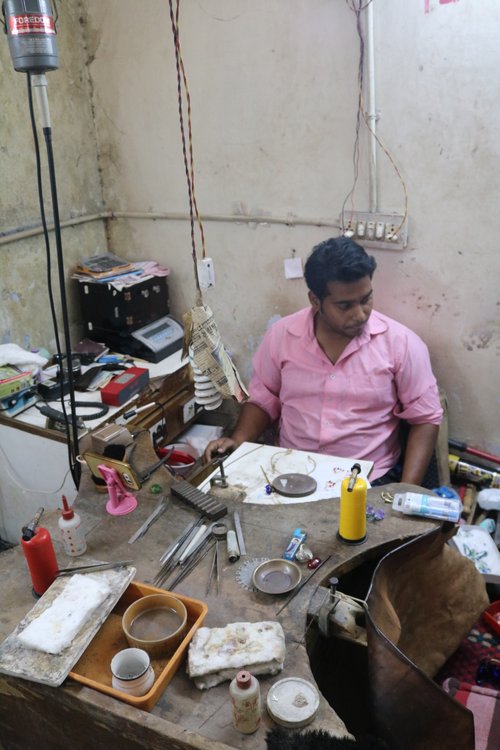The Process
At Aadikara, we design with a minimalistic approach, to create simple yet profound building blocks in glass and metal and whenever required, brings these blocks together to create jewelry and other accessories, which in their final form, appear as detailed, multi-dimensional and carefully layered and which she intends, shall add to the attire and persona of the user carrying them.
The entire design process, is carried out keeping in mind the available techniques to manipulate both glass and metal as the main materials, the subsequent production, aesthetic value as well as the functional ease. The attention to detail, also includes imbibing an effortlessness with which the accessories can be carried by the end user. The aim is to always achieve a balanced workflow in which each and every part of the process compliments each other, and which adds an element of sustainability to the way the products at Aadikara, come to life.
Reflecting the inspiration, along with the human touch which goes behind hand-crafting each artefact, she aspires that her work should expand and morph into nothing less than a work of storytelling; a manifestation of time, space, workmanship and emotions, represented as a story told in glass.
